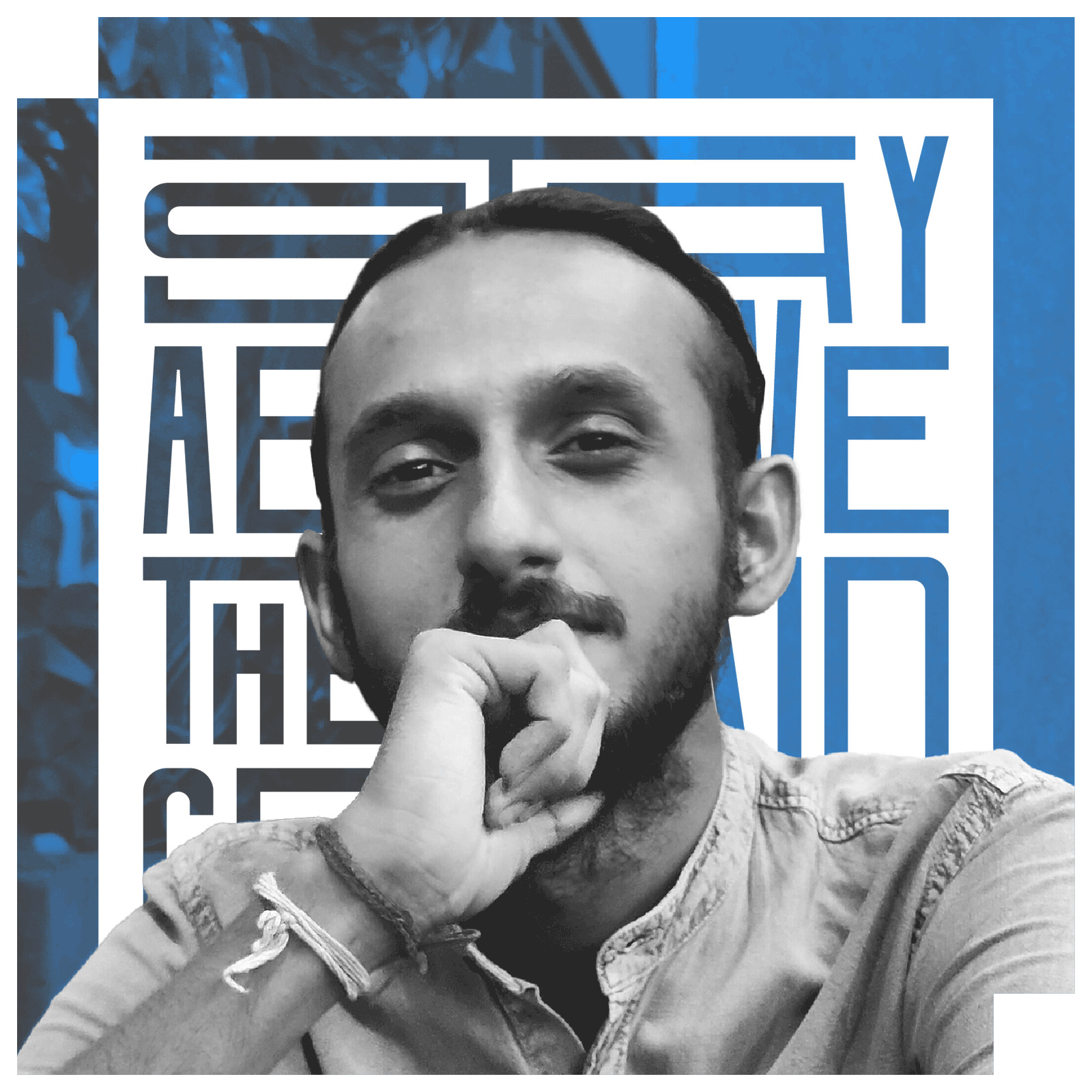Zennie62Media, Inc. note: Mr. Aditya Roy, Founder of XAXs Corps http://www.xaxscorps.com, contributed this think piece “Incorporating Artificial Intelligence in The Creative Process” as a fellow member of the International Trade Council’s Digital Commerce Business Council, of which Zennie62Media CEO Zennie Abraham is Chairperson. Join International Trade Council at https://tradecouncil.org/
Bhubaneswar, India (Special to Zennie62Media, Inc. and ZennieReport.com) – Artificial Intelligence is mainstream now and is getting more intertwined with our lives. Artificial Intelligence or “AI” is not new, not even in everyday life. It is just the attention as what it is now that it has become very capable at a general consumer level. One industry where the use of AI is the most convoluted and controversial is probably the creative industry. Let’s consider Artificial Intelligence in the Creative Process.
Incorporating Artificial Intelligence in The Creative Process
An important part of our design process at XAXs Corps is the originality that is custom and strategic to the client’s needs. So, we refrain from using templates and AI in any major way. I use AI to complement me in two ways instead – to fill the gaps of human error and to reduce time wasted on mundane repetitive tasks.
An example of the first would be AI-powered spell checks, searches, keyword suggestions etc. Examples of the second would be AI assistants in design tools such as auto-selection and generative fill in Photoshop and auto-animate in Figma. In some rare cases, I’ve used AI tools like Adobe Firefly, Dalle-2 and Midjourney to ideate and generate creative inspirations based on prompts.
Insights From Working With Artificial Intelligence In Creative Process: The Context of Brand Design and Development
Brand design and development is a field that requires a great deal of originality and uniqueness. These are qualities AI cannot provide because it generates based on what it has learned. But branding also involves ideation and cross-checking. These parts of the process can get very mundane and time-consuming when done manually. Since AI works with a speed and resource library it is not humanely possible to compete with. These are the parts of the process where Artificial Intelligence can excel as an assistant.
The Artificial Intelligence Software We Use In Our Creative Process
I don’t use any AI software directly in the creative process because a unique humane touch is one of our USPs. However, I do use several tools that have AI-assisted functions in them regularly. For instance, I use Grammarly, Adobe Creative Cloud, Figma, stock sites, and Bing among many others daily and all these have Artificial intelligence-powered functionalities. Grammarly has Grammarly Go, Adobe has Sensei and Firefly, most stock sites are partnered with Open AI or some other alternative and many more.
Examples of AI Usage That Benefit The Creative Process Regularly
Life without AI definitely would be different. The AI-powered selection and masking in Photoshop and Lightroom, the auto-animate in Figma, and the rastor-upscaling in Photoshop are functionalities I use daily. Doing these manually would be far more time-consuming and frustrating than it is today.
An AI Technique or Technology That Would Be Most Effective In The Creative Industry
Not everything related to running a creative service is creative. AI can play a huge role in automating those tasks and freeing up time for creative work. An example would be cross-checking global libraries for potential matches and coincidental plagiarism.
How AI Might Impact The Future of Brand Design and Development
Artificial Intelligence will have, or I should rather say has started to have, three main impacts on the branding industry. It is very similar to AI’s impact on any other industry. The first is accessibility. Since AI is like an endlessly expandable assistant, it will make branding much more accessible to anyone who’s just starting. This also means that many small businesses will opt to use AI to get branding done quickly instead of hiring a professional.
The second is automation. AI can replace a number of mundane tasks that would take a human much longer to complete with a much higher percentage of error. The combination of the first and second will divert work away from humans. But I don’t consider that to be jobs lost because those are works a creative human wouldn’t enjoy doing anyway. The third and most positive impact is the creation of new opportunities. I can’t describe this well but it will be exciting to see all the new possibilities and roles that AI will open us to.
Ethical Considerations or Challenges That Arise When Using AI in The Creative Industry
Since the core part of branding is developing a unique identity, it is harder to implement AI unethically than in most other industries. But I can still think of two main ways it can be done. One is using AI to generate something and shipping it as something hand-crafted from scratch. I see many agencies do this with templates and AI will make this easier. I find this practice very unethical and we cut professional ties with any business that does this as soon as possible after I find this out.
The second is the lack of understanding and hence lack of regulations on how AI sources its content. This means many original and copy-righted works are getting ripped off without consent. But this is a problem that is already in conversation and a number of people and organizations are working to solve it.
About the author:
Aditya Roy,
Founder and creative director of XAXs Corps, member of the International Trade Council’s Digital Commerce Business Council
A self-taught multidisciplinary creative hooman and a veracious empath who loves branding. Besides strategic aesthetics, he takes a keen interest in philosophy, psychology and exploring new experiences beyond the superficial….
LinkedIn: https://www.linkedin.com/in/xandriethxs/
Website: http://www.xaxscorps.com


